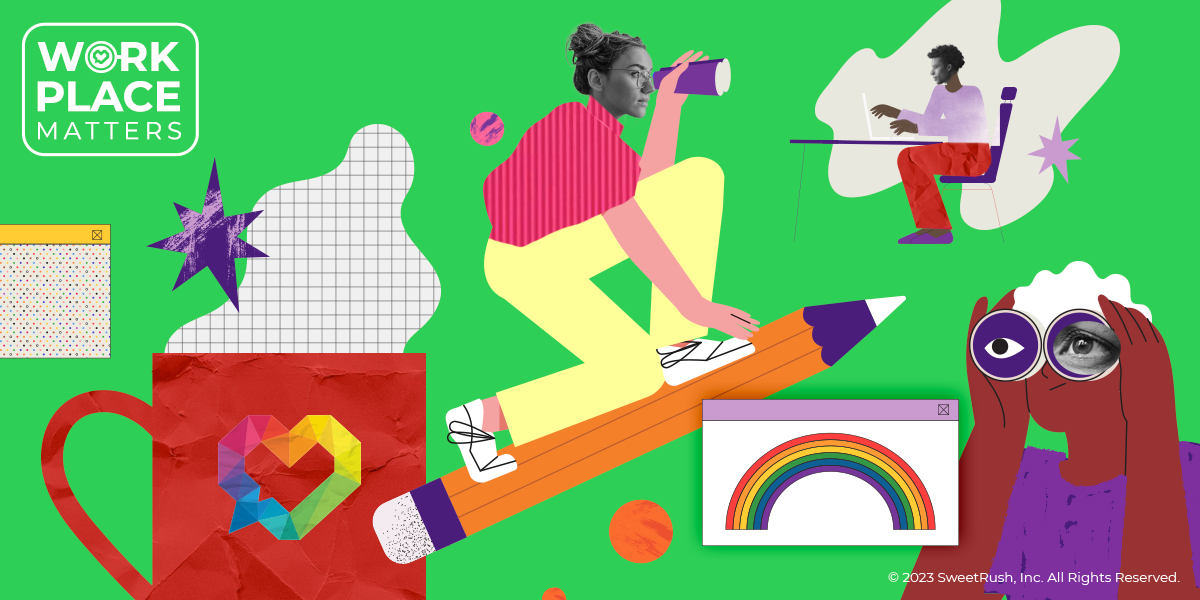Explore trends and insights that can help future-proof your workplace and prepare your organization for Generation Alpha to enter the workforce
In this issue of Workplace Matters, I’ll explore what the future of work will be like and what the workplace might look like in the next 10 to 20 years. You’ve heard a lot about millennials and Gen Z, but what about the next generation after them? As the latest generation, Generation Alpha (yes, you read that right)—born between 2010 and 2025—prepares to enter the workplace, what can they expect?
How can we best prepare the next generation now, as well as our future selves, for success in the future? (For folks who will be retired by then…enjoy for all of us!)
What trends are there currently?
What’s consistent and what’s changing?
How will technology continue to impact us?
Read on to find the answers to these questions and more.
What Will Continue?
Continued Emphasis on Communication
What will the workplace look like in 2033 or 2043? There’s a lot of talk today about the rapid growth of technology. AI can’t replace good ol’ fashioned human communicatin’ (yet), so brushing up on communication skills—also known as power skills—doesn’t seem to be going out of style any time soon.
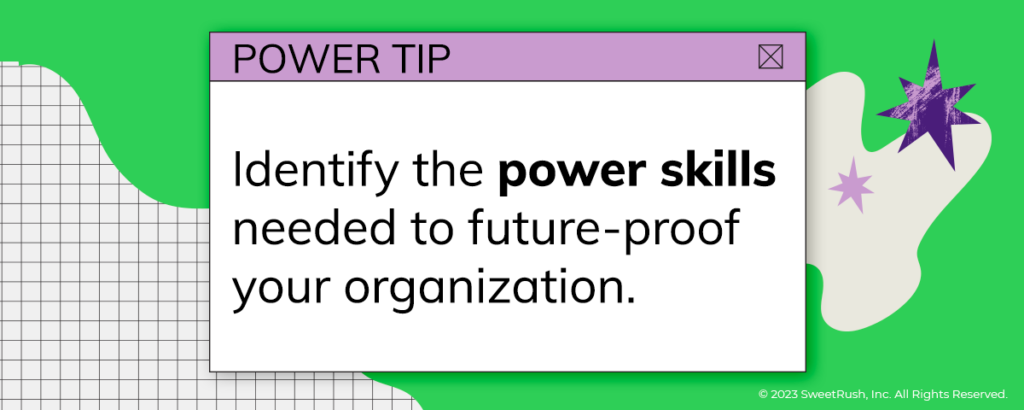
A fun principle called Occam’s Razor tells us that the simplest solution is usually the best. As we learned from an earlier edition of Workplace Matters on children’s books, adults in the workplace can benefit from simple childhood lessons.
Gen Alpha will have a leg up, as they are a generation that’s very in touch with their feelings thanks to modern concepts like gentle parenting. Daniel Tiger—the modern equivalent to Mr. Rogers—tells kids (and the next generation of employees), “Use your words and say how you feel.” It sounds simple, but it’s not always. Especially in the workplace. Gen Alphas are off to a good start if they have great power skills from the beginning.
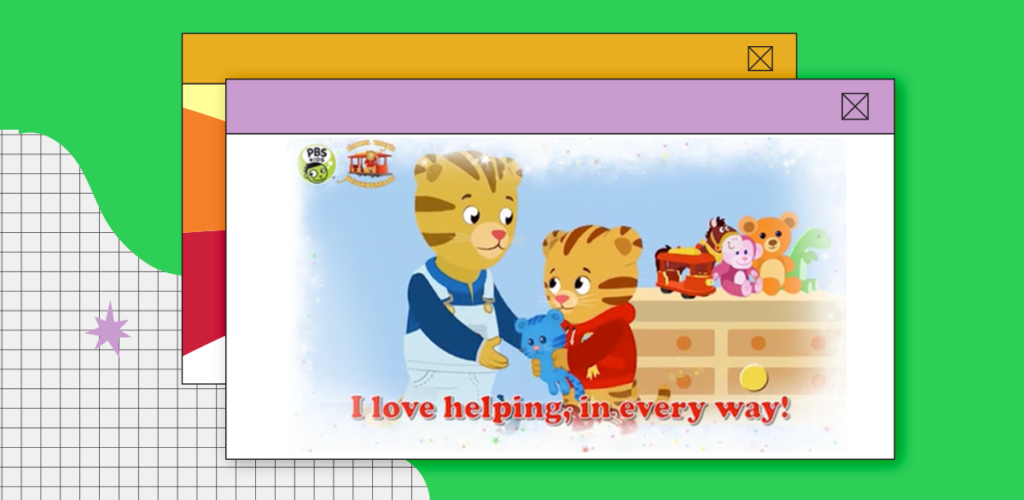
Skilling, Upskilling, Reskilling
Upskilling, reskilling…all the skillings are all the rage right now! And there’s no sign that it’s stopping or slowing down. The shakeup of the 2020 shift in just about everything showed us how important it is to continuously acquire new and relevant skills in the workplace. Learning, to advance professionally or to pick up a new hobby, was a refuge many people turned to when everything else was uncertain. Before, it used to be mainly all of us in the Learning and Development field who focused on the workforce and employee skills, but now it’s on everyone’s mind: employees and employers alike.
As SweetRush Chief Branding Officer, Danielle Hart says: “Skills are more than training needs; they’re increasingly becoming a cornerstone of how companies engage and support their people, from recruiting to career development.”
Skilling is the backbone of the workplace, and it’s key to the future of the workplace, as both Accenture and McKinsey found in their research. Skills give us tools to navigate all the change around us and they are also changing with the times. According to Accenture, “years ago, the lifespan of a skill was 15-20 years. Today in the digital world, skills last just 3-5 years before they need to be revisited.” And when McKinsey surveyed 18,000 people in 15 countries, they found that “adaptability, synthesizing messages, and coping with uncertainty” took the top three top spots for skills linked to higher rates of employment, income, and job satisfaction!
For organizations, skilling is a path to empowerment for their workforce. And for employees of all ages and generations, it can be a passport to take you where you want to go in your career.

What Could Change?
The Schedules
There’s been a lot of talk recently about reducing the five-day workweek to a four-day workweek. Will that ever happen? How does it sound to you? Sounds great to me. I know I could definitely use a day off for Trader Joe’s runs, to focus on all the things that occupy my mental load, or to sit under a tree and relax. But I digress…
While there are mixed results on the effectiveness of a four-day workweek, it’s something people have asked for time and time again. A bit of history…The modern 9-to-5, eight-hour workday started in the 1800s and was a welcomed reduction from 12-to-14-hour workdays! It then became mainstream in the 1920s, thanks to Henry Ford. And then the standard 9-to-5 morphed into the 8-to-5 (adding an extra hour) sometime in the early 2000s when employers wanted a full eight-hour workday, excluding lunch.
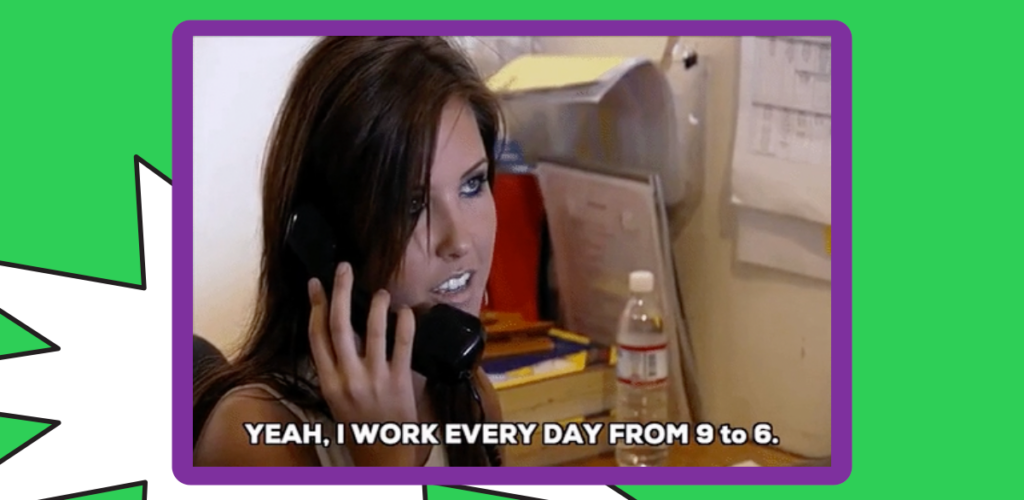
So, it looks like this push-and-pull battle from less to more, back to less, and back to more again is a tale as old as time! It’s possible the four-day workweek could have its moment in the sun in the near future. How would it affect the world and our lives? This flexibility could be a game-changer for the next generation of employees. That remains to be seen.
The Working Space
Virtual? Hybrid? Return to the office? It’s anyone’s guess as the concepts are battling it out in the court of public opinion and employee tolerance, in what Business Insider dubs “a fight over what the future of work looks like.”
Pre-pandemic, working in a fabulous high-rise in a vibrant city was a draw for many professionals—and employers paid the high price of real estate to keep employees onsite. Add concerns about the viability of collaborating remotely, and it’s understandable why some businesses want their employees to get use of their offices. And it’s also justifiable that employees want to retain the work-life balance they have grown accustomed to by working remotely (if they’re able to). Some professionals vow never to return to the days of two and three hour daily commutes again! We’ll see where the push and pull will end up, and where Gen Alpha (and our future selves) will take this in the next decade or two.
And we can’t forget technology (which may be a friend or frenemy to us, depending on who you ask), which enables us to work remotely and brings us to the last topic…
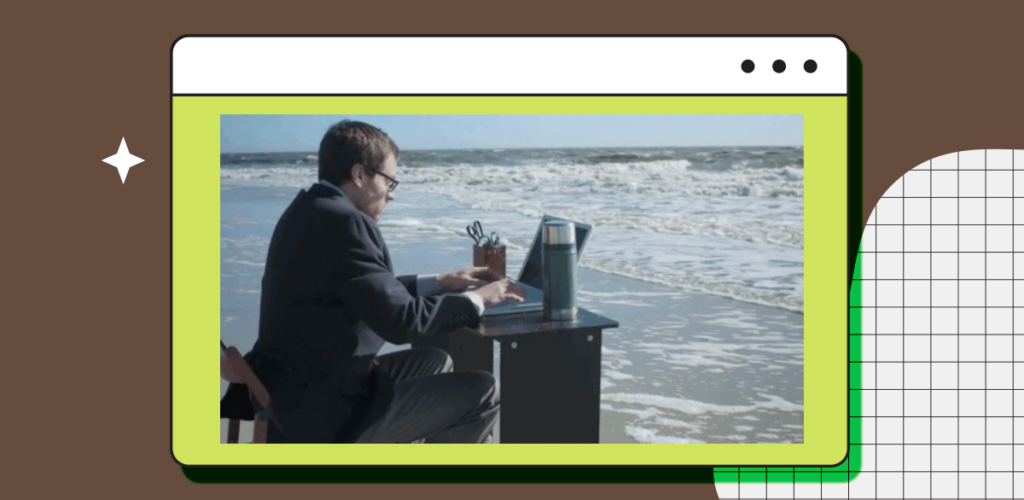
Technology
The race to develop AI further has prompted tech leaders to urge a slowdown in the advancement of the technology in an open letter in what they view as a “dangerous race.”
Technology leaders and academics in this open letter said that AI systems with human-competitive intelligence pose “profound risks to society and humanity.”
Yikes. Doesn’t sound dystopian at all.
It doesn’t have to mean a future of doom and gloom. Think Bill & Ted’s Excellent Adventure rather than The Terminator. As the Learning and Development industry has shown, we can leverage technology to get more in touch with our humanity through immersive learning and technologies such as augmented reality and more.
The good news is that Gen Alpha is allll about the technology—a little more than their parents (myself included as a parent of two in Gen Alpha) may be comfortable with, according to this Fast Company article: 54% of the under-10 crowd has their own device (like an iPad), spending much of their time on YouTube or gaming in metaverses, and 26% of children under 10 also have a VR headset in their household. This suggests that acclimating to new technology will be less of an obstacle for this generation, which is good news for youngsters. Maybe all that Roblox and Fortnite time will amount to something productive in children’s future careers?! Here’s hoping!
We do know that technology can help learners today with power skills such as public speaking, developing empathy, practicing challenging conversations, and much more! Read SweetRush’s eBook on learning in the metaverse to dig into the possibilities.
While there’s always good and bad that come with technological developments, we can always maximize the good. Just ask Bill and Ted!
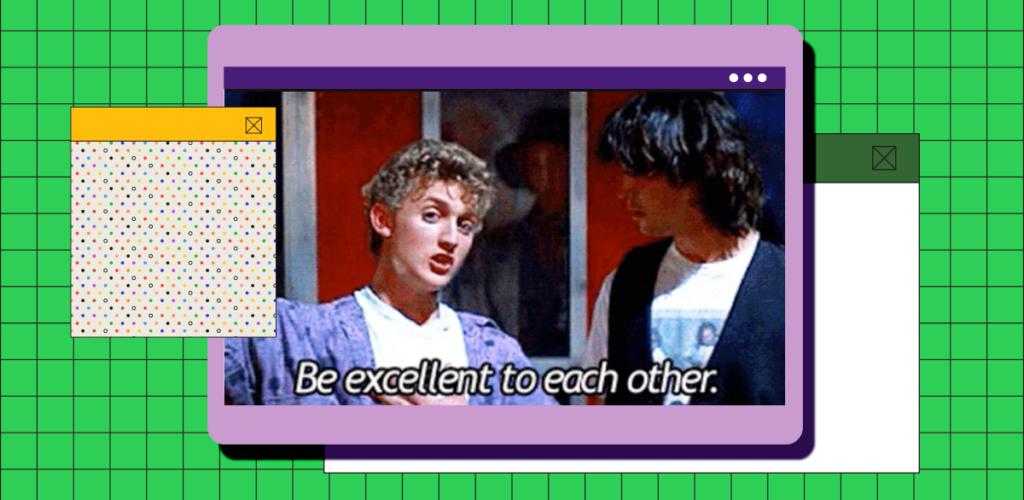
Gen A has a lot to look forward to when it comes to joining the future workforce that we’ve created for them. As we cultivate and continuously redesign the workplace, it’s up to us to keep moving things in a direction that sets the next generation—and our future selves—up for success. It may be challenging at times, but we can do it!
Check out SweetRush’s just-released Trends Report to learn more about learning trends, predictions, and some *excellent* ideas to future-proof your organization.
What do YOU think? I’d love to hear your comments!
If you liked this article, join 3,800 of the raddest professionals out there and sign up for this Workplace Matters newsletter to stay in the workplace loop. This is the eighth installment of the Workplace Matters series. Check out the other Workplace Matters editions on the following topics and how they relate to the workplace:
#1: Generations ??????
#2: Power Skills ??
#3: Songs ??
#4: Television/Movies ?️?
#5: Children’s Books ??
#6: Love & Reflection ❤️??
#7: Career Advice ?️?
I’ll be back next month with another topic. Until next time! Toodaloo and be excellent to each other!
![]()
Your workplace BFF
